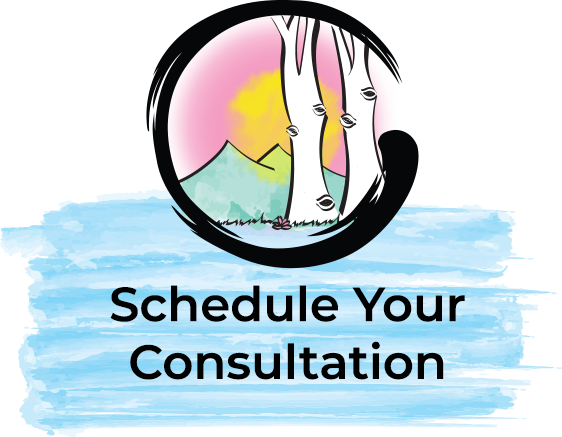By - March 17, 2025
Categories: General
Okay, let’s be honest. When your doctor takes your pulse, it usually involves a quick wrist-tap and a mumbled “Yep, you’re alive.” But in Traditional Chinese Medicine, taking your pulse is a whole other ball game. Think of it as a mini-concert for your fingers, where each tiny beat tells a unique story about your inner workings.
Forget the “Thump-Thump.” It’s More Like a Symphony
In Traditional Chinese Medicine, we don’t just feel for that one strong beat. We’re listening for a symphony of sensations:
Depth: How deep under the skin do you feel the pulse?
- Floating: Pulse is felt close to the skin surface. May indicate external conditions like colds, fevers, or superficial pain.
- Deep: Pulse is difficult to feel unless significant pressure is applied. May indicate internal conditions, such as digestive issues, liver problems, or deep-seated pain.
- Hidden: Pulse is very faint and difficult to detect. May indicate severe internal conditions or significant energy deficiency.
Rhythm: Is it smooth and steady, or choppy and irregular?
- Rapid: Pulse is significantly faster than normal. May indicate heat conditions, fever, anxiety, or hyperthyroidism.
- Slow: Pulse is significantly slower than normal. May indicate cold conditions, fatigue, hypothyroidism, or weak circulation.
- Wiry: Pulse feels tense and string-like. May indicate Liver stagnation, emotional stress, or pain.
- Choppy: Pulse is uneven and irregular. May indicate Blood stagnation, poor circulation, or pain.
- Slippery: Pulse feels smooth and slippery, like oil. May indicate Phlegm accumulation in the body, which can manifest as various symptoms.
Force: Is it strong and bounding, or weak and thread-like?
- Strong: Pulse is forceful and bounding. May indicate Excess conditions, such as heat, inflammation, or high blood pressure.
- Weak: Pulse is weak and feeble. May indicate Deficiency conditions, such as low energy, fatigue, or anemia.
- Empty: Pulse feels hollow and lacks substance. May indicate severe energy deficiency or blood loss.
Location: We check different positions along your wrist, each corresponding to a different organ system.
- Cun: the position on the wrist closest to the hand – typically associated with the Lung and Large Intestine.
- Guan: The middle position – often associated with the Heart and Small Intestine.
- Chi: The pulse position on the wrist furthest from the hand – often associated with the Spleen, Stomach, Kidney, and Bladder.
Think of it like this: Imagine you’re trying to understand a complex machine. You wouldn’t just listen to the main engine, right? You’d check the whirring of the gears, the hum of the cooling fans, the delicate tick of the clockwork. That’s what pulse diagnosis in Traditional Chinese Medicine is all about.
What Can Your Pulse Reveal?
- Organ imbalances: Is your Liver overworked? Is your Spleen struggling to digest? Your pulse can give us clues.
- Energy flow: Traditional Chinese Medicine believes in the smooth flow of Qi throughout your body. Your pulse can reveal blockages or imbalances in this flow.
- Emotional state: Believe it or not, your pulse can reflect your emotional state. Feeling anxious? Stressed? Your pulse might show it.
Don’t Worry, It Doesn’t Hurt!
Taking your pulse in Traditional Chinese Medicine is a gentle and painless process. It’s more about feeling the subtle nuances of your pulse than applying any pressure.
Pulse diagnosis in Traditional Chinese Medicine is a complex art that takes years of study and practice to master. While it may seem a bit mystical at first, it’s based on a deep understanding of the human body and how it functions.
If you’re curious to learn more about how Traditional Chinese Medicine uses pulse diagnosis, I encourage you to schedule a consultation with a qualified Traditional Chinese Medicine practitioner. It might just open your eyes to a whole new way of understanding your own health.
Be well.
___
This information is for educational purposes only and is not intended to diagnose, treat or cure any disease or illness. Please consult your healthcare provider prior to the use of this product if you are pregnant, nursing, taking medications or have a medical condition. Individual results may vary.
